Features of thermoelectric generators
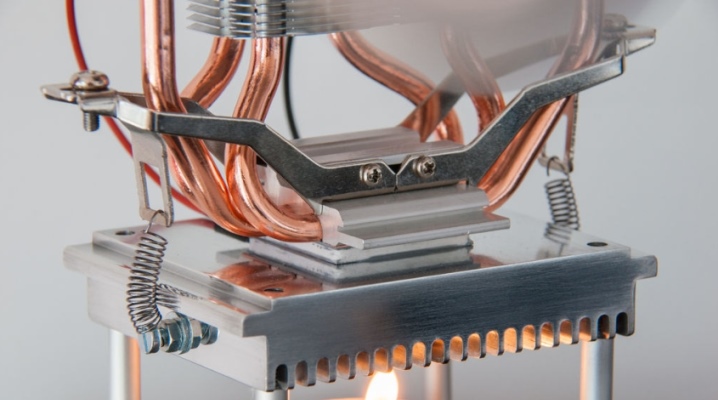
Thermal power plants are recognized in the world as the cheapest option for generating energy. But there is an alternative to this method, which is environmentally friendly - thermoelectric generators (TEG).
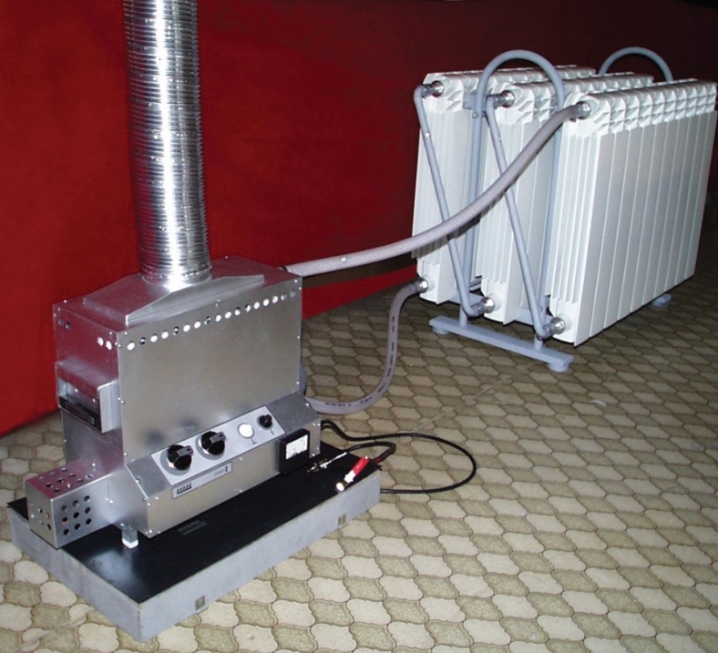
What it is?
A thermoelectric generator is a device whose task is to convert thermal energy into electricity by applying a system of thermal elements.
The concept of "thermal" energy in this context is interpreted not quite correctly, since heat means only a method of converting this energy.
TEG is a thermoelectric phenomenon that was first illustrated by the German physicist Thomas Seebeck in the 20s of the 19th century. The result of Seebeck's research is interpreted as electrical resistance in a circuit of two different materials, but the whole process proceeds only depending on the temperature.
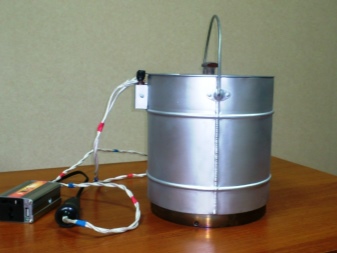
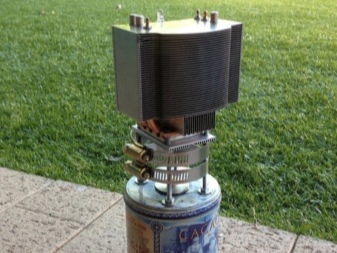
Device and principle of operation
The principle of operation of a thermoelectric generator, or, as it is also called, a heat pump, is based on the conversion of heat energy into electrical energy using thermal elements of semiconductors, which are connected in parallel or in series.
In the course of research, a completely new Peltier effect was created by a German scientist, which indicates that completely different materials of semiconductors during soldering make it possible to detect the difference in temperatures between their lateral points.
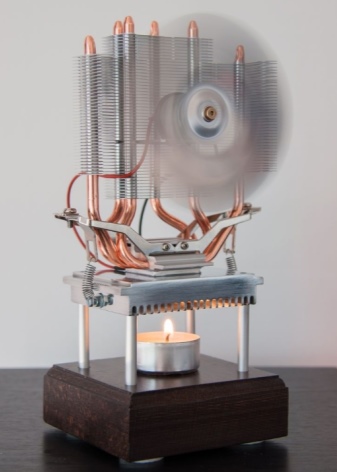
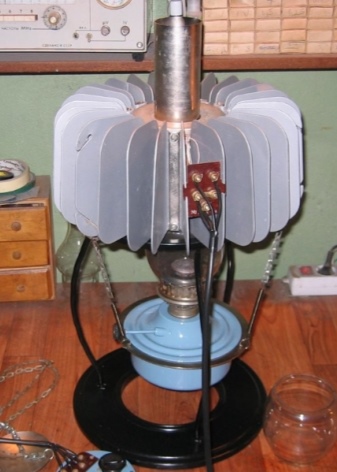
But how do you understand how this system works? Everything is quite simple, such a concept is based on a certain algorithm: when one of the elements is cooled, and the other is heated, then we get the energy of current and voltage. The main feature that distinguishes this particular method from the rest is that all kinds of heat sources can be used here., including a recently switched off stove, lamp, fire or even a cup with only poured tea. Well, the cooling element is most often air or ordinary water.
How do these thermal generators work? They consist of special thermal batteries, which are made from conductor materials, and heat exchangers of different temperatures of the thermopile junctions.
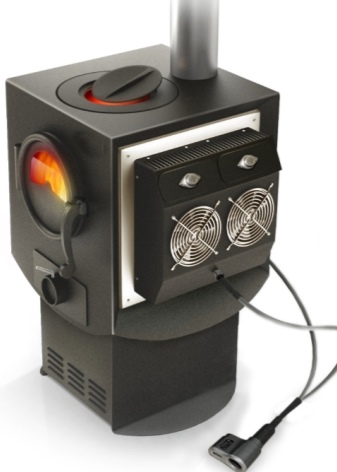

The electrical circuit diagram looks like this: thermocouples of semiconductors, rectangular legs of n- and p-type conductivity, connected plates of cold and hot alloys, as well as high load.
Among the positive aspects of the thermoelectric module, the possibility of using absolutely in all conditions is noted., including on hikes, and besides, ease of transportation. Moreover, there are no moving parts in them, which tend to wear out quickly.
And the disadvantages include far from low cost, low efficiency (approximately 2-3%), as well as the importance of another source that will provide a rational temperature drop.
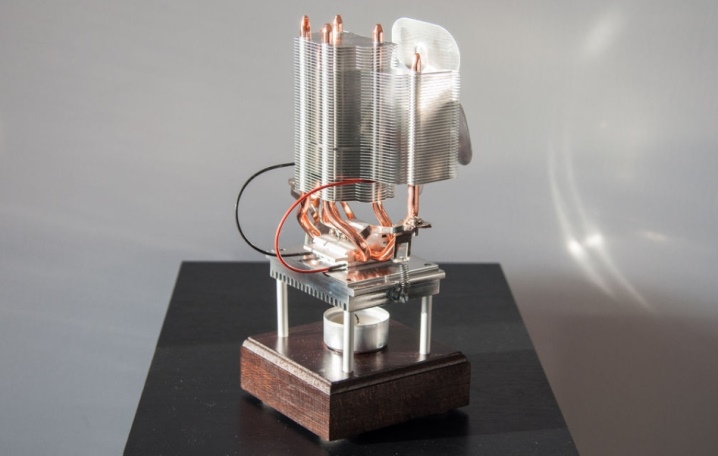
It should be noted that scientists are actively working on the prospects for improving and eliminating all errors in obtaining energy in this way... Experiments and research are ongoing to develop the most efficient thermal batteries that will help increase the efficiency.
However, it is rather difficult to determine the optimality of these options, since they are based solely on practical indicators, without having a theoretical basis.
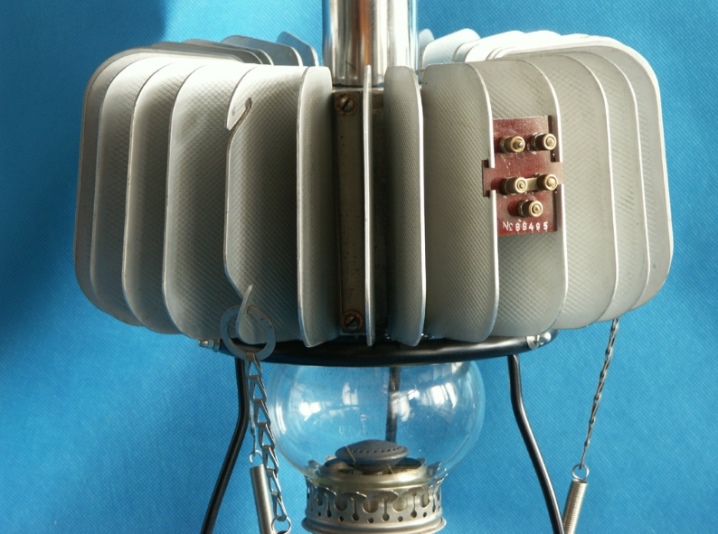
Considering all the shortcomings, namely, the inadequacy of materials for thermopile alloys, it is rather difficult to talk about a breakthrough in the near future.
There is a theory that at the present stage physicists will use a technologically new method of replacing alloys with more efficient ones, separately with the introduction of nanotechnology. Moreover, the option of using non-traditional sources is possible. So, at the University of California, an experiment was carried out where thermal batteries were replaced by a synthesized artificial molecule, which acted as a binder material for gold microscopic semiconductors. According to the experiments, it became clear that only time will tell the effectiveness of the current research.
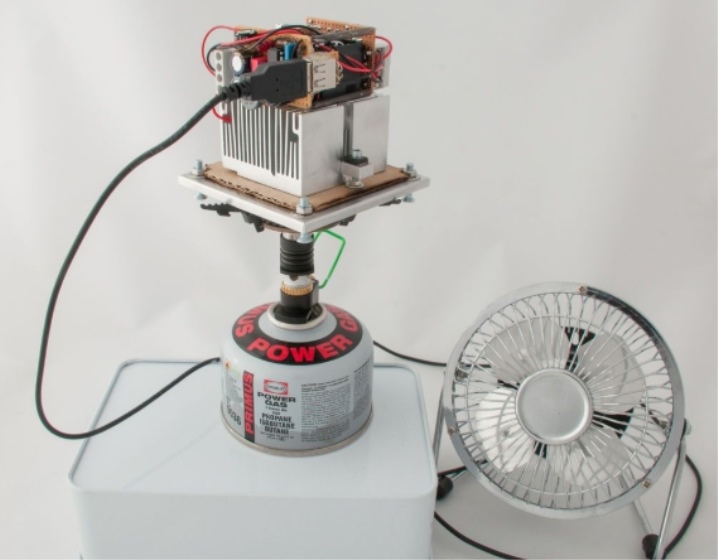
Type overview
Depending on the methods of generating electricity, heat sources, and all thermoelectric generators are of several types depending on the types of structural elements involved.
Fuel. Heat is obtained from combustion of fuel, which is coal, natural gas and oil, as well as heat obtained by combustion of pyrotechnic groups (checkers).
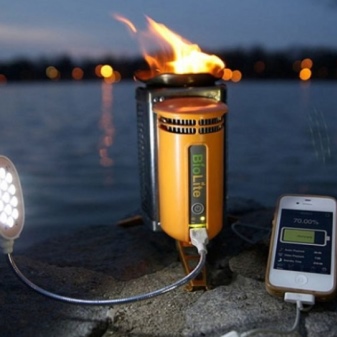
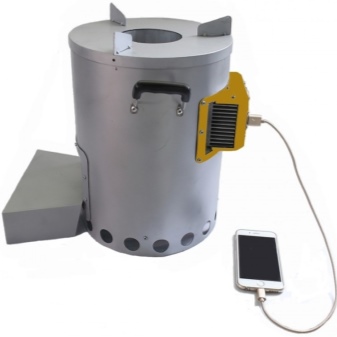
Atomic thermoelectric generators, in which the source is the heat of an atomic reactor (uranium-233, uranium-235, plutonium-238, thorium), often here a thermal pump is the second and third stages of conversion.
Solar generators generate heat from solar communicators that are known to us in everyday life (mirrors, lenses, heat pipes).
Recycling plants generate heat from all kinds of sources, resulting in the release of waste heat (exhaust and flue gases, etc.).
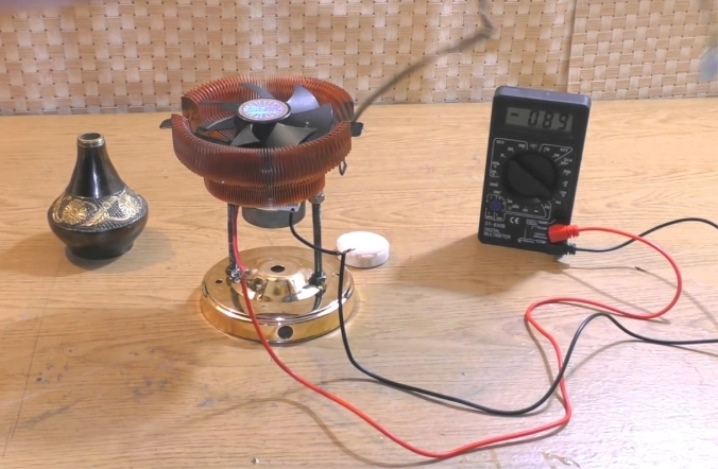
Radioisotope heat is obtained by the decay and splitting of isotopes, this process is characterized by the uncontrollability of the splitting itself, and the result is the half-life of the elements.
Gradient thermoelectric generators are based on the temperature difference without any outside interference: between the environment and the experiment site (specially equipped equipment, industrial pipelines, etc.) using the initial starting current. The given type of thermoelectric generator was used with the utilization of the electrical energy obtained from the Seebeck effect for conversion into thermal energy according to the Joule-Lenz law.

Applications
Due to their low efficiency, thermoelectric generators are widely used where there are no other options for energy sources, as well as during processes with significant heat shortages.
Wood stoves with electric generator
This device is characterized by the presence of an enamelled surface, a source of electricity, including a heater. The power of such a device may be enough to charge a mobile device or other devices using the cigarette lighter socket for cars. Based on the parameters, it can be concluded that the generator is capable of operating without normal conditions, namely, without the presence of gas, heating system and electricity.
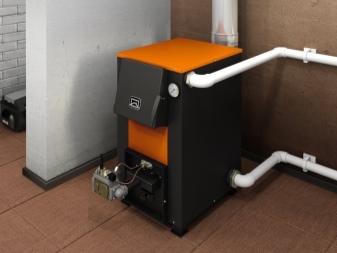

Industrial Thermoelectric Generators
BioLite has presented a new model for hiking - a portable stove that will not only warm up food, but also charge your mobile device. All this is possible thanks to the thermoelectric generator built into this device.
This device will perfectly serve you on hikes, fishing or anywhere remote from all conditions of modern civilization. The work of the BioLite generator is characterized by the combustion of fuel, which is sequentially transmitted along the walls and generates electricity.The resulting electricity will allow you to charge the phone or illuminate the LED.

Radioisotope thermoelectric generators
In them, the source of energy is heat, which is formed as a result of the breakdown of microelements. They need a constant supply of fuel, so they have superiority over other generators. However, their significant drawback is that during operation it is necessary to observe safety rules, since there is radiation from ionized materials.

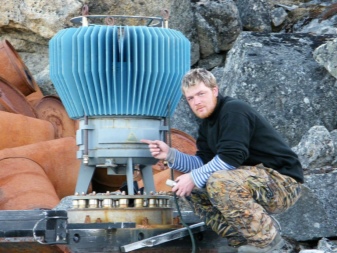
Despite the fact that the launch of such generators can be dangerous, including for the environmental situation, their use is quite common. For example, their disposal is possible not only on Earth, but also in space. It is known that radioisotope generators are used to charge navigation systems, most often in places where there are no communication systems.
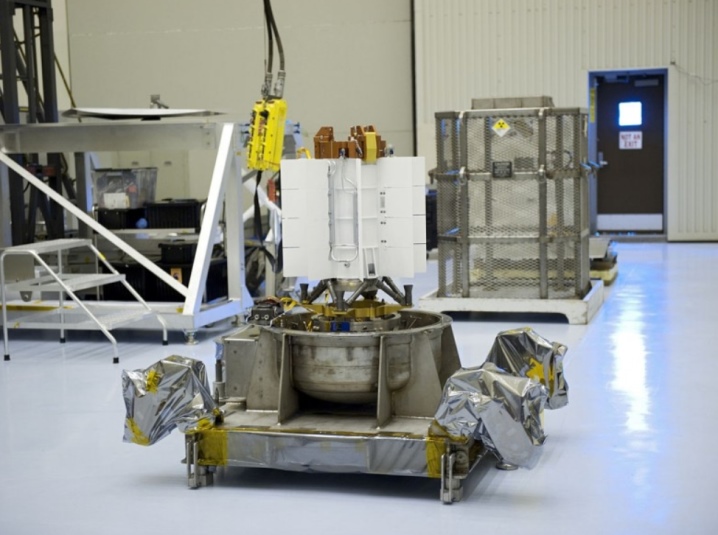
Thermal trace elements
Thermal batteries act as converters, and their design is made up of electrical measuring instruments calibrated in Celsius. The error in such devices is usually equal to 0.01 degrees. But it should be noted that these devices are designed for use in the range from the minimum line of absolute zero to 2000 degrees Celsius.
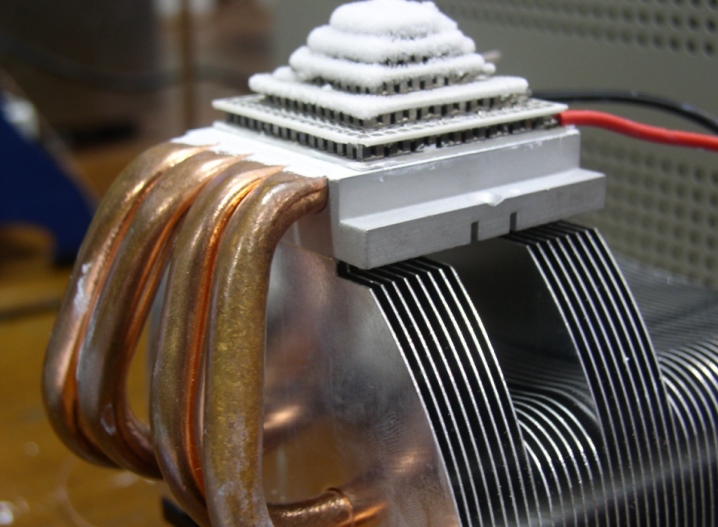
Thermal power generators have recently gained wide popularity when working in hard-to-reach places that are completely devoid of communication systems. These locations include Space, where these devices are increasingly used as alternative power supplies on board space vehicles.
In connection with the development of scientific and technological progress, as well as in-depth research in physics, the use of thermoelectric generators in vehicles for the recovery of heat energy is gaining popularity in order to process substances that are extracted from the exhaust systems of cars.
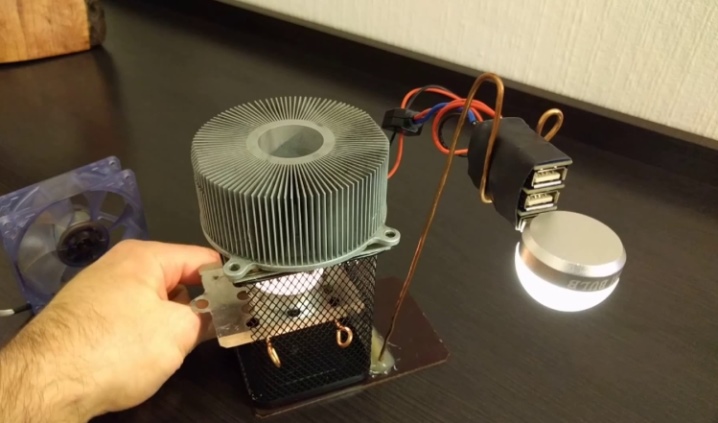
The following video provides an overview of the modern thermal electricity generator for hiking BioLite energy everywhere.













The comment was sent successfully.